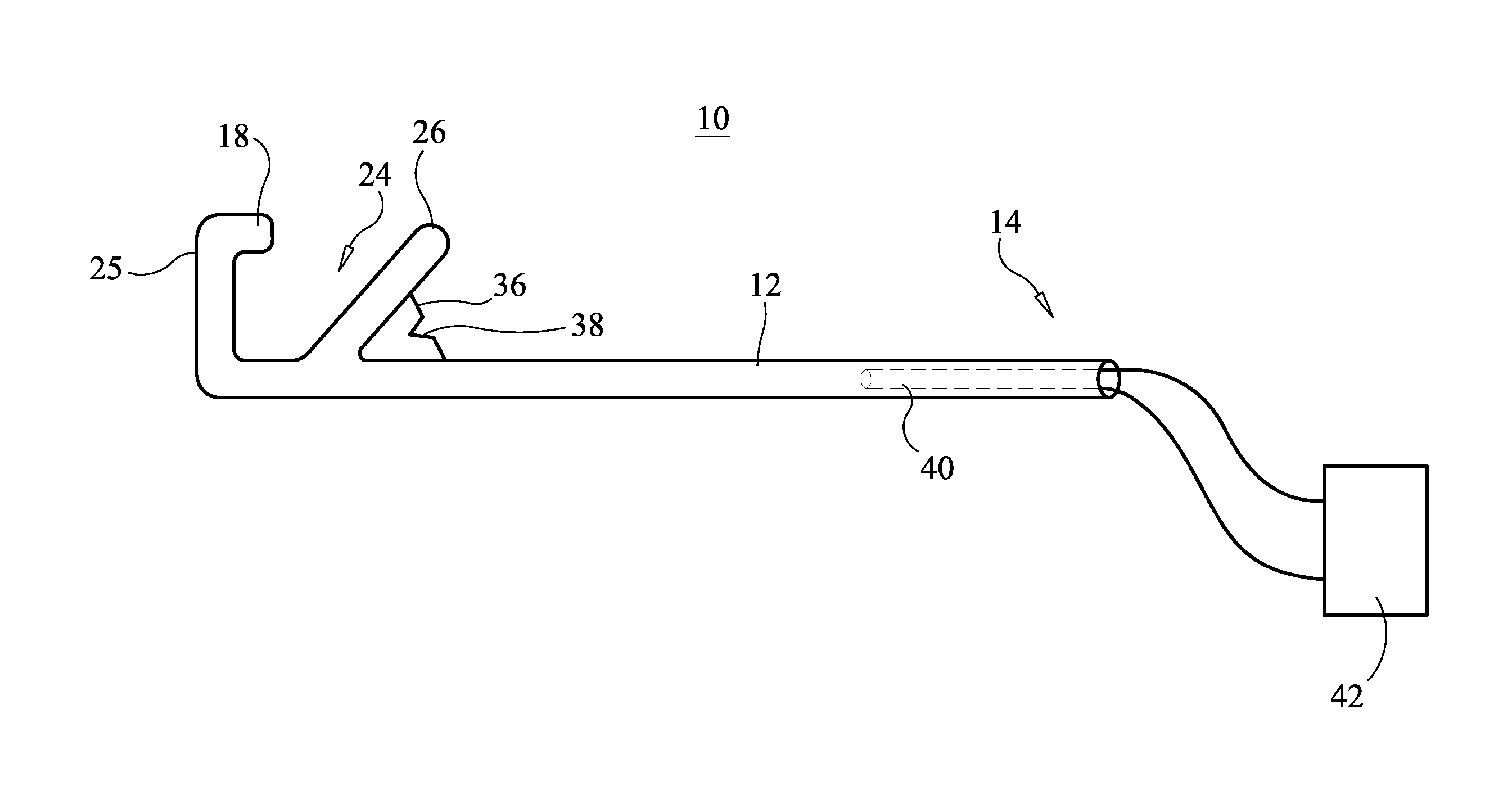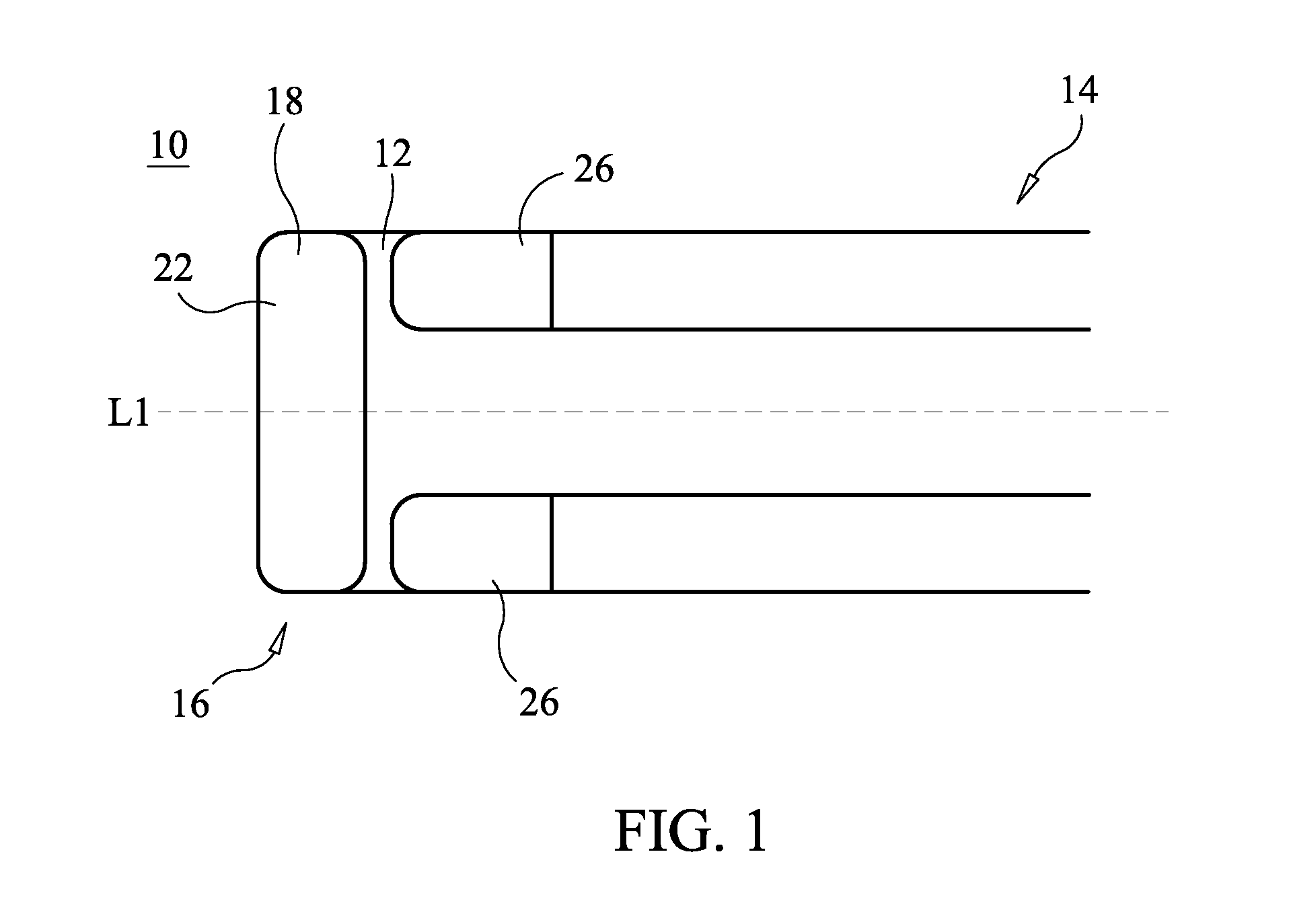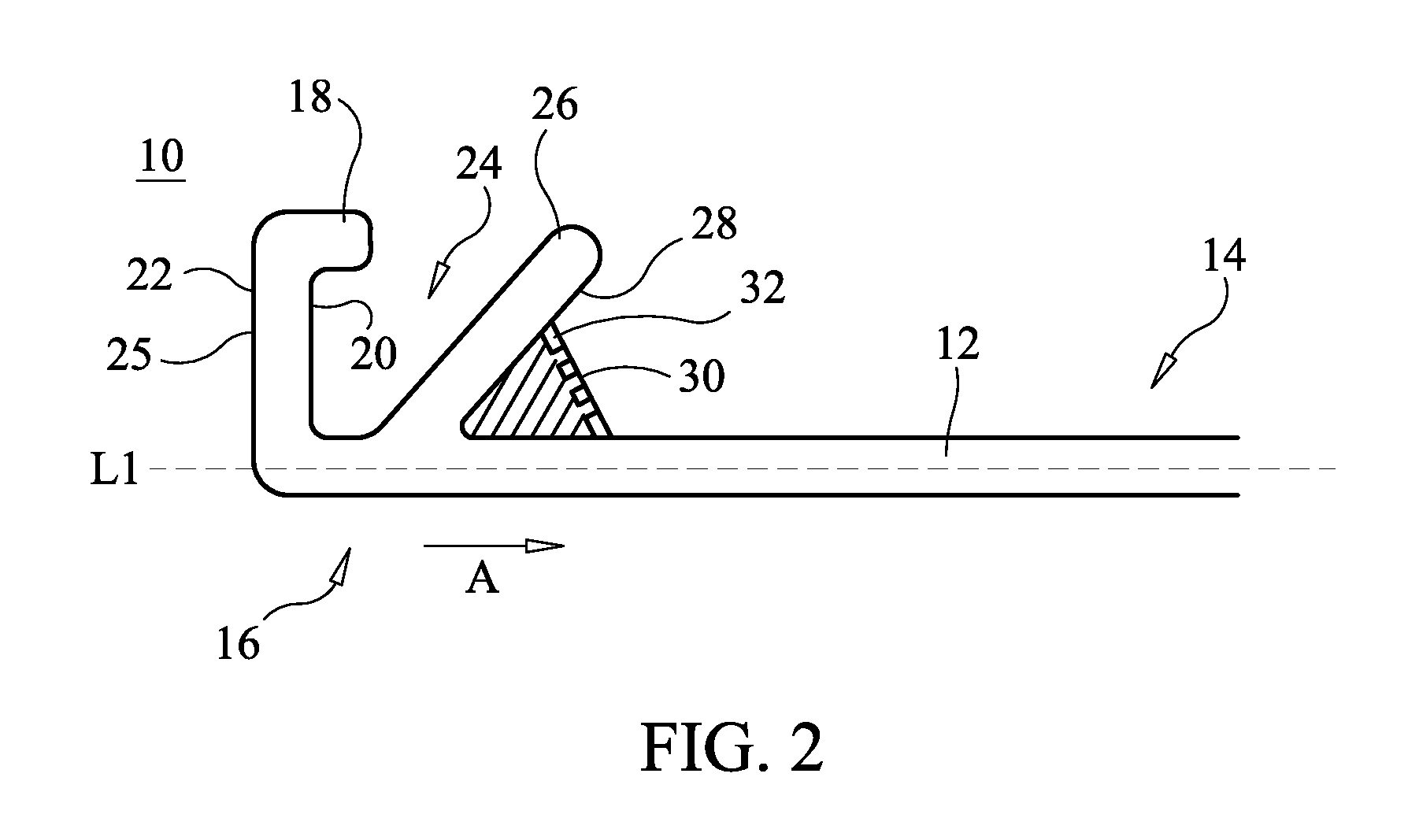Additionally, electrosurgical
ablation procedures, where tissue surfaces and volume may be reshaped, cannot be duplicated through other treatment modalities.
Furthermore, in a closed environment, radio frequency current dissipates into the surrounding tissue causing a decreased ability to achieve a current at the cutting
electrode of sufficiently
high density to initiate a
cut.
To overcome this problem, high power settings are often required to initiate the
cut which often is painful and increases
thermal damage to the tissue whether using a standard or a custom electrosurgical generator.
Another problem associated with cutting tissue is the control of bleeding.
However, while the bleeding is generally controlled, the cutting of tissue is often slower than with
radio frequency energy and the knife edge readily dulls.
Other commercially available scalpels use ultrasonic energy generally at 50 kHz to heat the tissue so as to coagulate severed blood vessels but cut slower than a standard electrosurgical
electrode and are costly as a custom
ultrasonic generator is required.
Thus, the tissue is parted along the pathway of evaporated cellular fluid, inducing undesirable collateral
tissue damage in regions surrounding the
target tissue site.
This collateral
tissue damage often causes indiscriminate destruction of tissue, resulting in the loss of the
proper function of the tissue.
In addition, the device does not remove any tissue directly, but rather depends on destroying a zone of tissue and allowing the body to eventually remove the destroyed tissue.
Present electrosurgical techniques used for
tissue ablation may suffer from an inability to provide the ability for fine
dissection of soft tissue.
The distal end of electrosurgical devices is wide and flat, creating a relatively
wide area of volumetric tissue removal and making fine dissections along tissue planes more difficult to achieve because of the lack of precision provided by the current tip geometries.
In addition, identification of the plane is more difficult because the large ablated area and overall size of the
device tip obscures the physician's view of the surgical field.
The inability to provide for fine
dissection of soft tissue is a significant
disadvantage in using electrosurgical techniques for
tissue ablation, particularly in arthroscopic, otolaryngological, and spinal procedures.
Traditional monopolar RF systems can provide fine
dissection capabilities of soft tissue, but may also cause a high level of collateral
thermal damage.
Further, these devices may suffer from an inability to control the depth of
necrosis in the tissue being treated.
The
high heat intensity generated by these systems causes burning and
charring of the surrounding tissue, leading to increased pain and slower
recovery of the remaining tissue.
Further, the desire for an
electrosurgical device to provide for fine dissection of soft tissue may compromise the ability to provide consistent ablative cutting without significant collateral damage while allowing for concomitant
hemostasis and good coagulation of the remaining tissue.
Another problem with currently available RF nerve
ablation devices is that they attempt to destroy nerve tissue from a central location including the tip of the device and a 3-D spherical or cylindrical zone around it.
As a result, the further away the resecting ability is from the central zone the less effective the nerve destruction.
Consequently, often the nerve is not adequately ablated leading to continued
pain symptoms.
Further, the health care practitioner may have difficulty positioning the tip of the device in the optimal location to get an optimal and consistent clinical result.
This may also result in unwanted
necrosis of adjacent tissue, which can lead to clinical adverse events including subsequent repair of the
necrotic tissue.
However, these devices require the
insertion of relatively large cannulas that further complicate the surgical procedure and can cause nerve compression and pain with variable
clinical efficacy.
 Login to View More
Login to View More  Login to View More
Login to View More 


